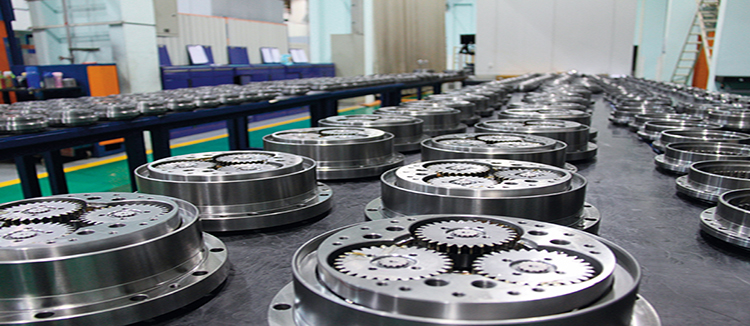Understanding the Power of Transformer Models in Machine Learning
The term "Transformer" has become synonymous with a significant leap in the field of machine learning, particularly in natural language processing (NLP). Since its introduction in 2017 by Vaswani et al., the Transformer model has revolutionized how we approach sequence-to-sequence tasks, such as translation, summarization, and text generation. This article delves into the intricacies of the Transformer architecture, its impact on the industry, and why it has become a cornerstone in modern AI applications.
At the core of the Transformer's success is its ability to efficiently process sequential data by leveraging self-attention mechanisms. Unlike traditional recurrent neural networks (RNNs) and long short-term memory networks (LSTMs), which process data sequentially, the Transformer can attend to all parts of the input sequence simultaneously. This parallel processing capability allows for faster training and the ability to capture long-range dependencies within the data, which is crucial for understanding context in language.
The architecture of the Transformer model is composed of an encoder and a decoder. In tasks like machine translation, the encoder reads the input sequence (e.g., a sentence in English) and the decoder generates the output sequence (e.g., the translated sentence in French). Each of these components is made up of multiple layers of self-attention and feed-forward neural networks. The self-attention layers allow the model to weigh the importance of different words in the input sequence relative to the current word being processed, while the feed-forward layers perform a transformation on these weighted representations.

One of the key innovations of the Transformer is the use of positional encoding. Since the model does not process data sequentially like RNNs, it requires a way to understand the order of the sequence. Positional encodings are added to the input embeddings to provide this information, ensuring that the model can interpret the sequence's structure.
The Transformer's impact has been profound, leading to improvements in various NLP tasks. It has enabled the development of models like BERT (Bidirectional Encoder Representations from Transformers), which has set new benchmarks in tasks such as question answering and named entity recognition. The success of BERT and its variants has further solidified the Transformer's role in the NLP landscape.
Moreover, the Transformer's versatility extends beyond language. It has been adapted for computer vision tasks, where it has been shown to outperform traditional convolutional neural networks (CNNs) in image classification and other visual tasks. This adaptability highlights the Transformer's potential to be a general-purpose model for various domains within AI.
As research continues, the Transformer model is being refined and expanded. Attention mechanisms are being optimized for efficiency, and new variants are being developed to handle different types of data and tasks. The Transformer's influence is likely to persist as it continues to evolve and be integrated into more advanced AI systems.

In conclusion, the Transformer model has been a game-changer in the field of machine learning, particularly in NLP. Its ability to process sequences in parallel and capture long-range dependencies has led to significant improvements in performance across a variety of tasks. As the model continues to be refined and adapted, its impact on AI is expected to grow, making it an essential component in the toolkit of any machine learning practitioner.










